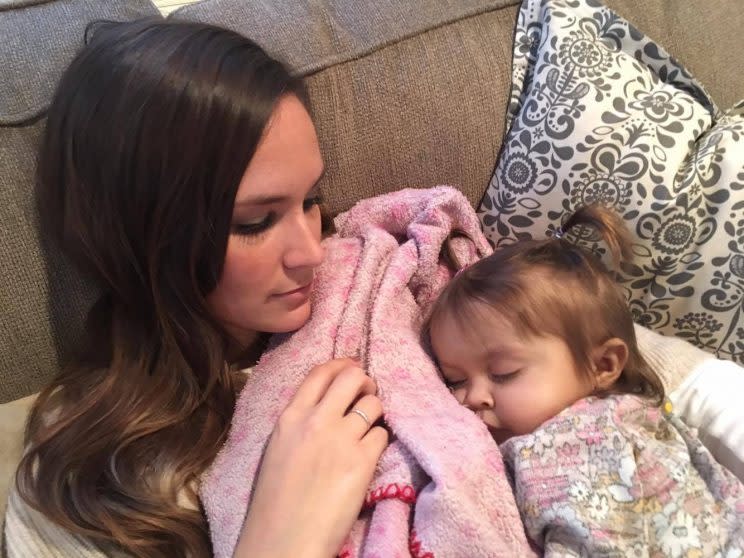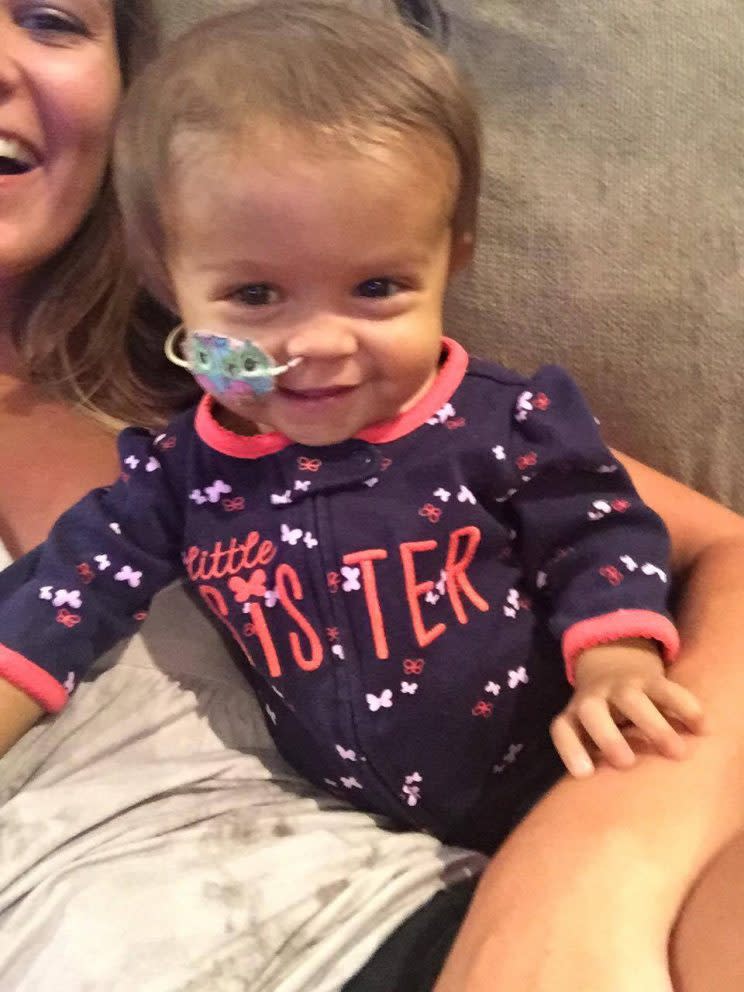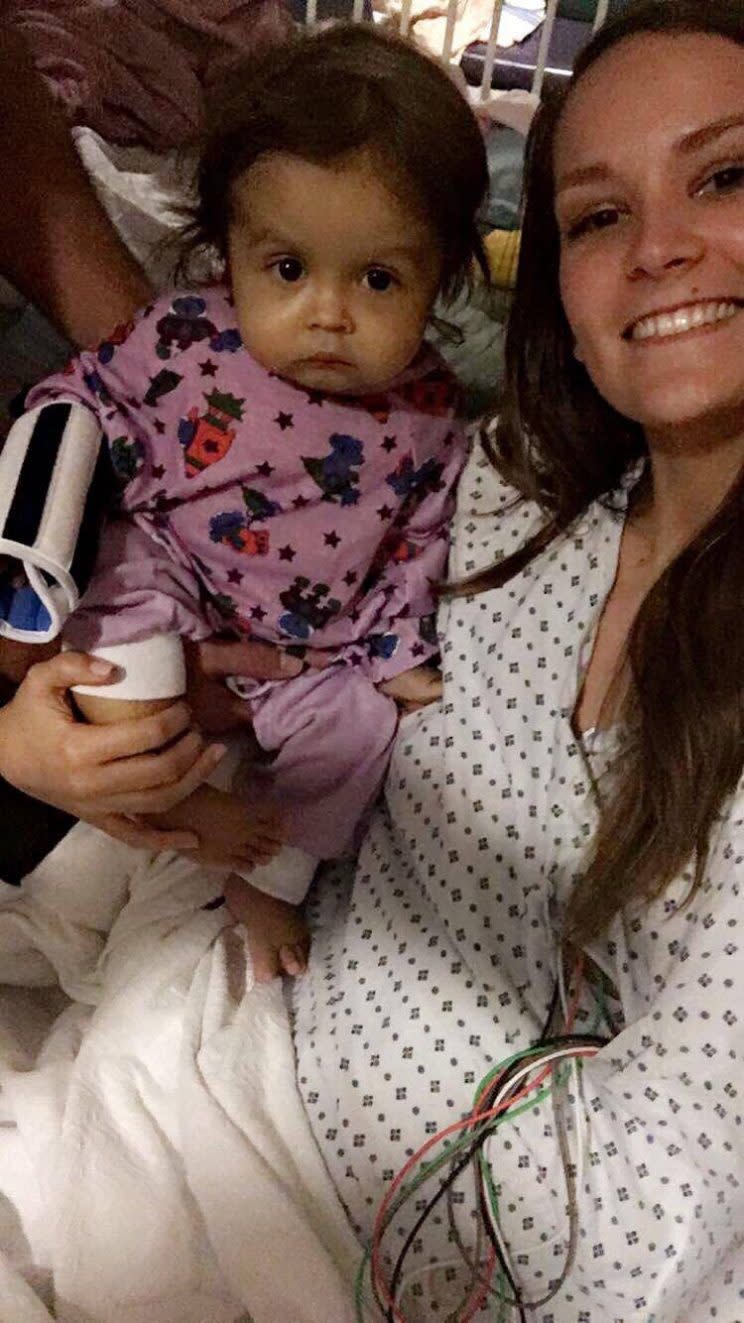Nanny Donates Part of Liver for the Child She Cares For

Yes, there are still incredibly giving people in the world.
A few weeks ago, a 22-year-old college student and nanny voluntarily donated part of her liver to the 16-month-old child she was hired to babysit.
The caretaker, Kiersten Miles, learned about the child’s health crisis three weeks after she began working for the Rosko family last year. Baby Talia was suffering from a chronic disease that could be fatal without a liver transplant — and Miles jumped at the opportunity to rescue the little girl.

Doctors explained the severity of the situation to the young nanny. “I can never donate again, so they had to tell me in the future if I have a child in a similar situation or a different one and they need a liver, even if I’m a 100 percent match, I can’t donate,” she told Fox 29 News Philadelphia.
Regardless of the future risk, she was determined to donate a portion of her organ to the toddler. “It’s such a small sacrifice when you compare it to saving a life,” stated Miles. “Some of her doctors said she possibly wouldn’t have made it past 2 years old. All I had to do was be in the hospital for a week and a 5-inch scar. I don’t know, it just seemed like such a small sacrifice to me.”
In order to meet the qualifications for being a liver donor, Miles needed to undergo a battery of tests by various specialists.

“It’s a multistage evaluation process,” Peter L. Abt, MD, an associate professor of transplant surgery in the Perelman School of Medicine at the University of Pennsylvania, who was Miles’s surgeon, tells Yahoo Beauty. “We start with the patient’s history and make sure they’re healthy — that they’re not overweight and don’t have any systemic illness. We also do a variety of blood tests to make sure their liver is healthy, and then do some imaging to make sure the anatomy is appropriate to donate.”
Anastasia Darwish, executive director of the American Transplant Foundation, tells Yahoo Beauty that donors are typically under the age of 60. And while liver donors do not need to be blood relatives of liver recipients, they “must have a compatible blood type.”
Abt further explains that surgery can take anywhere from four to eight hours. “It depends on what portion of the liver you’re donating,” he says. “A donation to a child is a smaller piece of liver, but if you donate to an adult, it’s often a larger piece of liver.”

And in most cases, liver donors can resume their regular activities once they have fully recovered from surgery. “The goal is for the donor to return to the health they had prior to donation,” says Abt. “Rarely are there any long-term complications, and the only medication they may need to take for a couple of weeks is some pain medicine — if they need it at all.”
Darwish adds that living liver donation is “much riskier” than living kidney donation.
“There’s about a 25 percent complication rate for living liver donors versus less than 1 percent for living kidney donors,” she states. “Patients and families should only make a decision about living donor transplantation after being fully informed of the risks and benefits of this procedure. That said, this is a lifesaving procedure and a much-needed option for those patients who are on the liver waiting list.”

Fox 29 News Philadelphia has also reported that both Miles and baby Talia “are doing well.”
Click the following links to learn more information on the Penn Liver Transplant Program and the American Transplant Foundation’s 1+1=Life Mentorship Program.
Related: It Doesn’t Matter How a Woman Conceives
Let’s keep in touch! Follow Yahoo Beauty on Facebook, Twitter, Instagram, and Pinterest.
